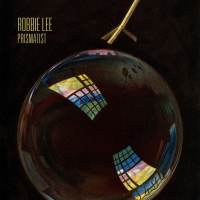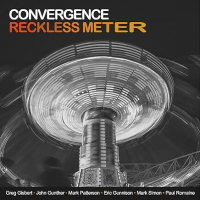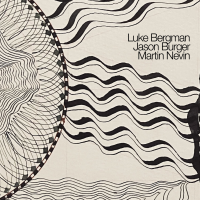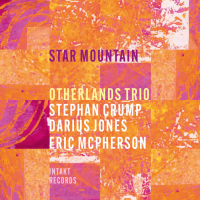Home » Jazz Articles » Album Review » Robbie Lee: Prismatist
Robbie Lee: Prismatist
On Prismatist, Lee keeps his instrumental options relatively contained, focusing chiefly on sopranino saxophone, but with tuning forks and live electronics added to create soundscapes that aren't quite like anything else one is likely to hear. With fourteen tracks, most under three minutes in length, the album is a collection of disparate ideas rather than a programmatically unified whole; and the radically divergent instrumentation contributes to this impression. The opening piece, "Duskfallen," gives Lee a chance to present his sopranino unadorned, with joyous leaps and jagged intervals that reveal more than a glimpse of Lee's facility on the instrument. But things soon turn in a more disconcerting direction, with "The Expanded Present" producing looped effects with the aid of the electronically-augmented tuning forks. It's impossible to tell if Lee is using his sopranino here or not—nor does it really matter, as the emphasis is entirely on texture and mood rather than traditional performance or "soloing." With a variety of discrete instrumental timbres scattered around the soundfield, it's a mesmerizing effect.
Lee's creativity is especially evident on tracks like the too-brief "Truetone," which loops the sopranino to create several different tones simultaneously, something he uses to even stronger effect on "The Invention of Blue Sky," where the electronics create an almost dialogue-like dynamic. These pieces, despite their artificially enhanced characteristics, still feel somewhat more organic than the more austere pieces like "Timecode" or "Curvilinear," which decenter the listener by resisting the pull of a more conventional instrumental approach. Much of the album's appeal lies in the back-and-forth between these disquieting improvisations and the less otherworldly interrogations, like "Depends on What You Mean by Go Round," again featuring four minutes of Lee's un-augmented sopranino.
It's not a long album, at just over 35 minutes, but its depth and substance belie its brief runtime. It's also a release that rewards close listening, especially with headphones, as Lee is making music that depends on each subtle gesture being recognized and savored.
Track Listing
Duskfallen; The Expanded Present; Refractory; Openend; Truetone; Dot Dash; That’s Just the Thing; Timecode; Depends on What You Mean by Go Round; Colorfield; The Invention of Blue Sky; Curvilinear; Prismatist; One Great Blooming Buzzing Confusion.
Personnel
Robbie Lee
vocalsAdditional Instrumentation
Robbie Lee: tuning forks, electronics.
Album information
Title: Prismatist | Year Released: 2021 | Record Label: Relative Pitch Records
Tags
PREVIOUS / NEXT
Support All About Jazz
 All About Jazz has been a pillar of jazz since 1995, championing it as an art form and, more importantly, supporting the musicians who make it. Our enduring commitment has made "AAJ" one of the most culturally important websites of its kind, read by hundreds of thousands of fans, musicians and industry figures every month.
All About Jazz has been a pillar of jazz since 1995, championing it as an art form and, more importantly, supporting the musicians who make it. Our enduring commitment has made "AAJ" one of the most culturally important websites of its kind, read by hundreds of thousands of fans, musicians and industry figures every month.





















